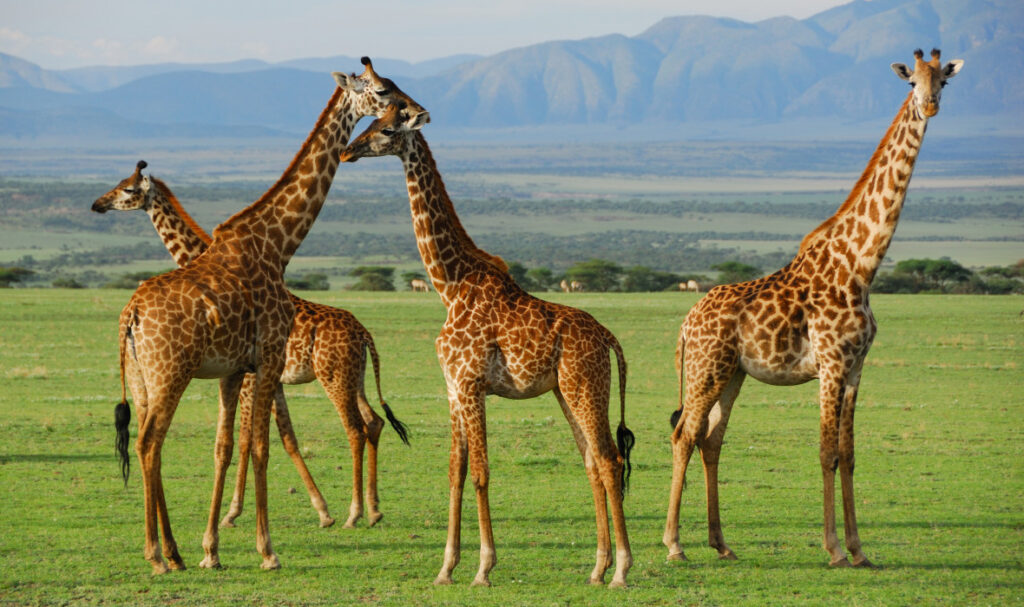The ‘discovery’ of the Serengeti National Park came about when explorers described what they had seen in the 1800s and the 1900s (10). The Serengeti National park had very little detail to reference until the exploration expanded in the 1920s and 1930s (10).
In 1930, what now is known as Eastern and Southern Serengeti was established in 2,286 square kilometers as a game reserve (11). This meant that there was an opportunity for hunting activities in the Serengeti National Park (11). It wasn’t until 1937 that all hunting activities were stopped (11).
The National Park was not established until 1951 as “Protected Area Status” was conferred for the park (13). The headquarters for the Serengeti National Park was baed in the Ngorongoro crater as the National Park covered southern Serengeti and the Ngorongoro highlands (13).
The original Serengeti National Park, in fact, included the Ngorongoro Conservation Area, which has separated from the Serengeti and expanded into the Kenya border(14). The separation came about due to the protection of tribal communities such as the Masai (14). The Masai are a pastoral society, who faced the threat of eviction and prohibited to graze their cattle within the Serengeti National Park (14). They protested and eventually reached a compromise to split the Serengeti National Park, and they are able to graze their cattle in the Ngorongoro Crater area but not the Serengeti (14).
Wildebeests were able to migrate from the Serengeti plains in the south to the Loita Plains in the north through a river d in 1965 the Lamai Wedge between the Mara River and Kenya border added to the Serengeti NationalPark in 1965 along with the establishment of the Masai Mara National Reserve in Kenya in 1961(15) .


